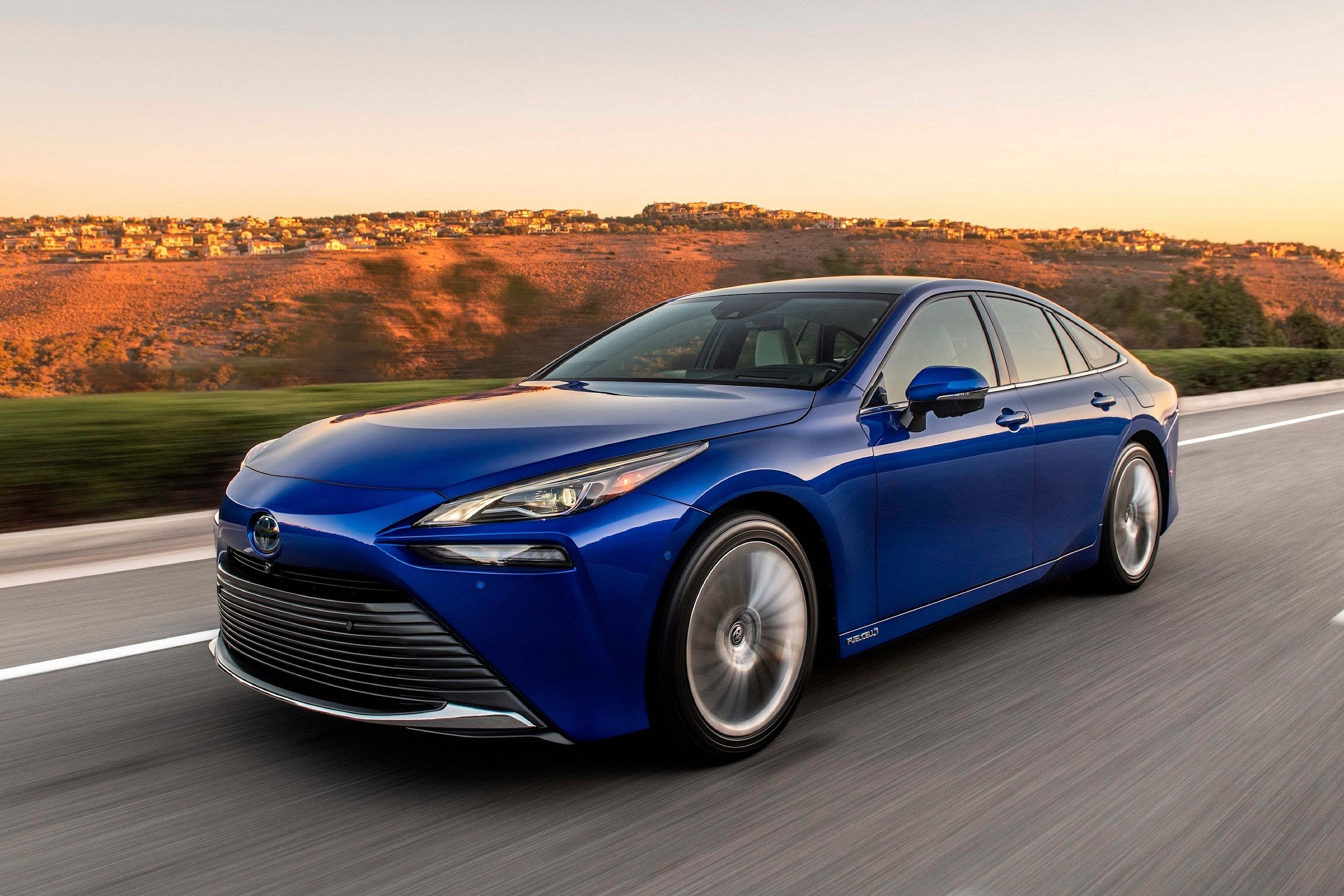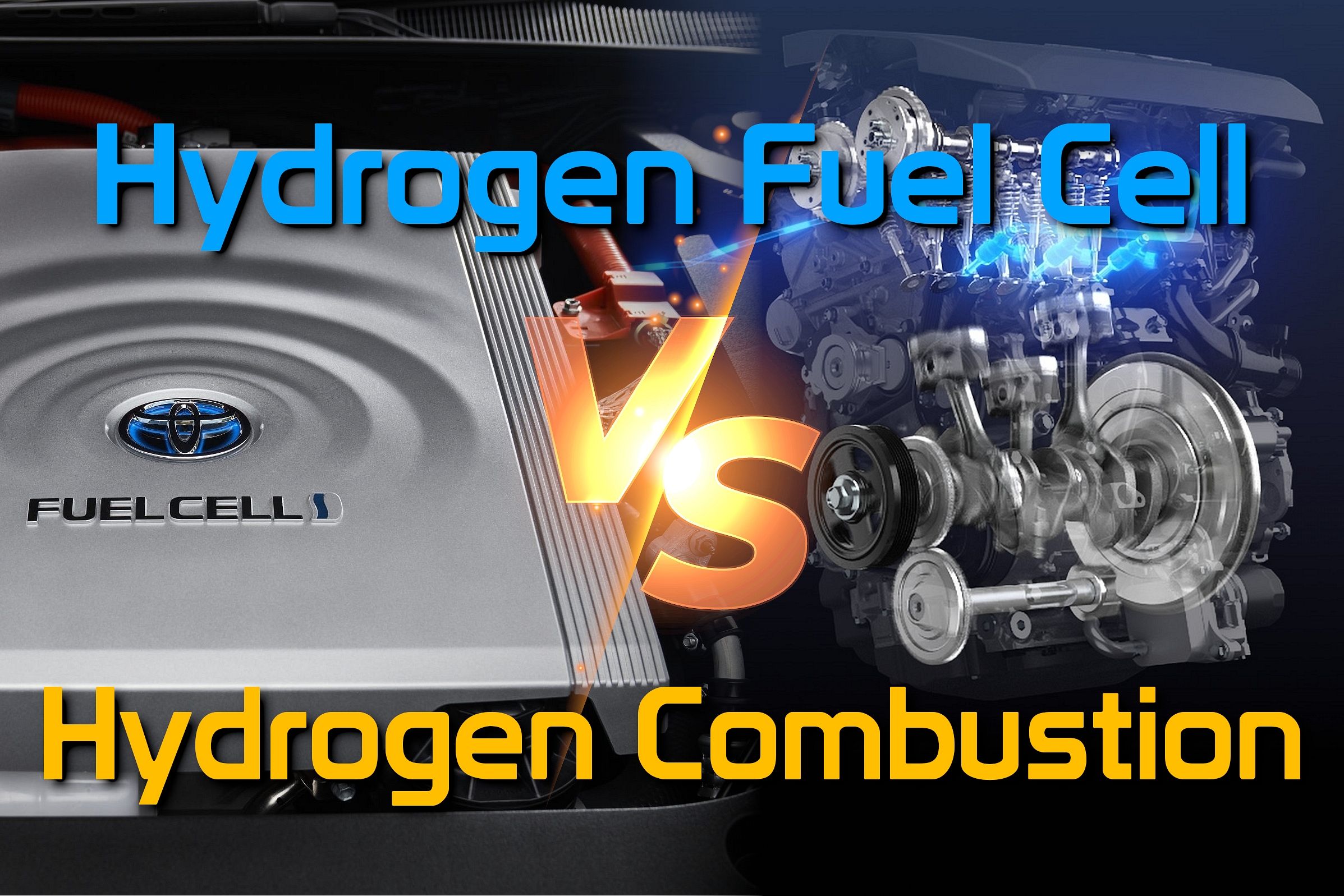Key Takeaways
- Alpine is considering the production of the Alpenglow hydrogen combustion hypercar.
- The latest version has space for two occupants, hinting at a possible transition to a road car.
- Alpine plans to continue developing the hydrogen program, teasing more Alpenglow styling and performance revisions.
It’s been an exciting week for American fans of French automaker Alpine after the sporty (Renault-owned) marque detailed plans for its US-bound sports cars, and it’s only getting better with the news that Alpine’s hydrogen combustion hypercar, the Alpenglow, may enter production. Last month, Alpine announced that a new version of the Alpenglow would debut its new hydrogen engine at the exhilarating Spa-Franchorchamps circuit in Belgium, and we saw the new Alpenglow styling direction earlier this month, which does not look as otherworldly as it once did, a sure hint that production was under consideration in some manner.
Disappointingly, the exhibition run never took place due to an electrical issue that prevented the engine from being started (the car is French, after all), but that’s not deterring Alpine, reports Autocar, speaking with the automaker’s design boss, Antony Villain.
“When we designed the [Alpenglow concept], we had two fields in mind: the production car and the racing car.”
– Antony Villain, Alpine Design Director.
Alpine Always Hoped To Produce A Hypercar
Autocar reports that Villain and his team initially designed the concept alongside the Alpine A424 Le Mans Hypercar entrant but that the latest iteration is more road-focused. We already had an inkling that Alpine was considering production when we saw the latest design in press images; the single-seat cockpit, red headlights, white taillights, ridiculous fins, and impractical glasshouse of the original Alpenglow concept are gone, replaced by elements that would not look out of place on roads populated by Aston Martin Valkyrie and McLaren Senna hypercars.
Add CarBuzz to your Google News feed.
osteMost importantly, the latest iteration of the Alpenglow has space for two occupants. Some track-only hypercars, like the Ferrari 499P Modificata, are single-seaters, but most wealthy buyers would want a coach alongside them for at least the first few sight laps. Naturally, we hold out hope that the Alpenglow could become a road car, but will it?
Alpenglow Is A Program, Not A Particular Car
The design boss teased more remixes of the Alpenglow concept, saying that “it’s more of a program […] than a car,” adding that the next concept “will be another evolution, styling-wise, with more and more credibility.” On the one hand, Villain’s words could indicate that the next concept will have a design more suited to small-scale production and have more credibility as a road car, but reading between the lines tells us that he’s talking about continuing to develop the hydrogen program and the styling for several future applications. As a concept, Alpine definitely wants the idea of a hydrogen-powered car to come to life, but whether that will take the form of the Alpenglow remains to be seen.

Related
A History Of Hydrogen-Powered Cars
Using hydrogen to power cars is an older concept than you think.
What Still Needs To Be Done?
Until then, Alpine needs to increase efficiency, although it’s already quite high at a claimed 62 miles (at race pace) between fill-ups. That works out to between 10 and 20 laps of an 8.5-mile circuit (depending on elevation changes, braking requirements, and so on; Spa is a different beast than Laguna Seca, for example). At the same time, Alpine is targeting more power from its in-development V6 hydrogen combustion engine than the current four-cylinder motor’s 335 horsepower. Alpine hopes to develop the technology even further through the crucible of motorsport, but thanks to smooth power delivery, it likely wouldn’t take much to tune it for the road. The big challenges, however, pertain to hydrogen’s inherent drawbacks.

Related
What’s The Difference Between Hydrogen Fuel Cells And Hydrogen Combustion?
Hydrogen may be one of the fuels of the future, but the ways we’ll use it differ widely.
“From the passion point of view, it’s almost the same sound, almost the same response. However, there could be some elements that could bring a difference to the response,” explained Pierre-Jean Tardy, Alpine chief hydrogen engineer, in an interview with Autocar. ” Running clean on hydrogen means that you have to make sure that your NOx emissions will be low. Low NOx emissions – and also for efficiency – you want to run lean, and leaner than for gasoline.” The problem is that a lean air-fuel mixture does not burn as hot, and without hot exhaust gases, the turbocharger compressor has to work harder – even more so than on a diesel engine, according to Tardy. As a result, there’s plenty of nasty turbo lag. Another big issue is that hydrogen’s flammability covers a much wider range of concentrations than gasoline, making it difficult to control engine knock, as a single cylinder can have both lean and rich mixes simultaneously. The bottom line is that this is very difficult tech to master, so be patient – Alpine is determined to make it work.
Source: AutoCar
#Alpine #Alpenglow #Hydrogen #Hypercar #Fails #Test #Reach #Production


